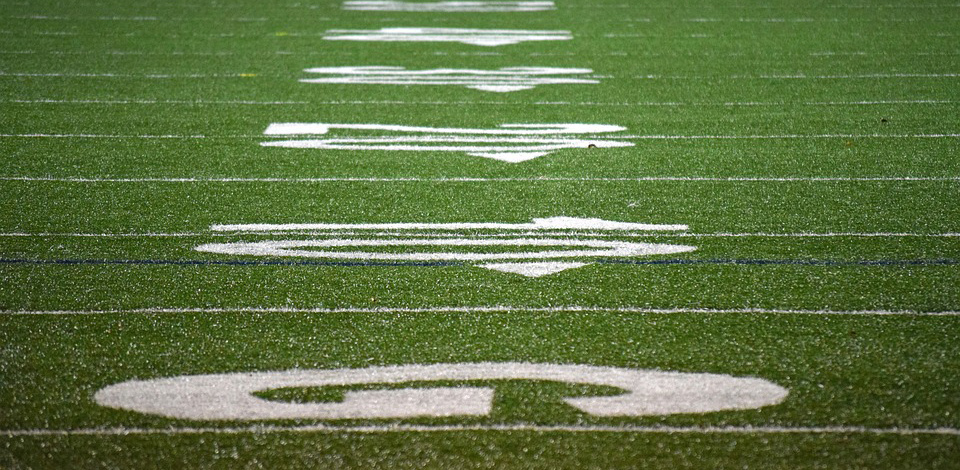
I like football, however, I’ve never fully invested in NFL mania (I appreciate the strategy more than the spectacle), and as such I’ve become just as interested in studying football fans as I have football games. And when Minneapolis is the closest major city, you find yourself immersed in the purple-soaked culture of the Minnesota Vikings.
The Vikings aren’t exactly the Chicago Cubs of the NFL (that would be the Buffalo Bills, whose repeated Super Bowl heartbreaks in the early 90s played out like some kind of scripted Greek tragedy), but they are close. It seems like every year the Vikings would be tripped up by fate. The best kicker in the league misses a field goal. A Hall of Fame quarterback throws a boneheaded interception. By mid January my friends who find it necessary to shout “skol” to one another (like the well-meaning news anchor who adopts a heavy accent to pronounce “Nicaragua”) have ended the season disappointed, watching other teams play for the big prize.
What I’ve found most interesting, though, is the profound psychological “reset” that takes place each spring with these same men and women. No matter how dismal the end of the last season had been, the next season held the promise to be the “best season yet.” I would watch in wonder as a bad Vikings team would lose its best players and still inspire conversations brimming with optimism.
Take the acquisition of beleaguered quarterback Sam Bradford in 2016, for example. The former college star had shown flashes of brilliance in the NFL, but they were few and far between. Mostly he had been inconsistent, plagued by injuries and haunted by a strangely tentative style that drove fans crazy. The Vikings faithful embraced him as if he was Joe Montana, the “missing piece” that would take their team to the promised land. Like your first hand-me-down car, it was fascinating to watch Vikings fans talk themselves into the idea of a marginal quarterback being a difference maker.
Of course, we all know what happened next. Bradford played like he always does and was inevitably injured. Without a proven backup, the team turned to Case Keenum, an undrafted journeyman who had bounced around the league for years (he was actually waived by the St. Lous Rams at one point). Keenum wasn’t “Plan B,” he was “Plan Z.” Then he won a few games, and I was amused to see social media here in the northland immediately compare him to Tom Brady (a similarly unheralded player who has enjoyed success, obviously). It was classic “fan logic,” and it brought a smile to my face.
That leads us to Sunday’s game, in which a Case Keenum pass to Vikings wide receiver Stefon Diggs sealed a playoff victory over the Saints and was immediately christened the “Minnesota Miracle.” It was a fantastic play, and it seemed as if the cosmic scales of karma somehow shifted back to balance in the time it took Diggs to sprint into the end zone and tear off his helmet in celebration. Now, all that stands between the Vikings and the biggest game of the year (to be held in Minneapolis, no less) is a trip to Philadelphia (to play an Eagles team that is playing with their own journeyman backup quarterback).
So what can we learn from all this? That the Vikings will win the Super Bowl? Hopefully, but they still have two games to go to claim the title of “world’s best football team.” That Case Keenum is the second coming of Viking great Fran “The Man” Tarkenton? Perhaps, but he needs more than one outstanding season to make the Hall of Fame. No, the big takeaway here is that thinking positive pays off. It is a lot of work, and it can be exhausting, but true believers never give up hope (see also: Tarvaris Jackson, Christian Ponder, Matt Cassel, Josh Freeman, Shaun Hill).
Focusing on the “good” in a player, a team, a season or even your life, has powerful benefits. I have to remind myself of this constantly, but the 2017-18 Minnesota Vikings – and their fans – are proof that a little faith can go a long way. Believe in your business, your product and your talents. There’s a “Minnesota Miracle” in all of us.